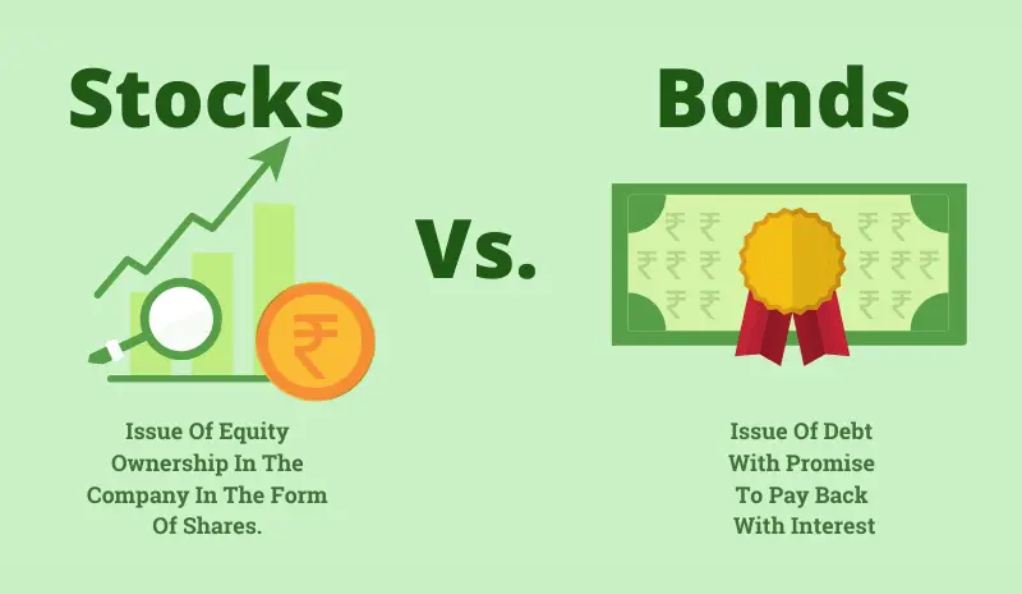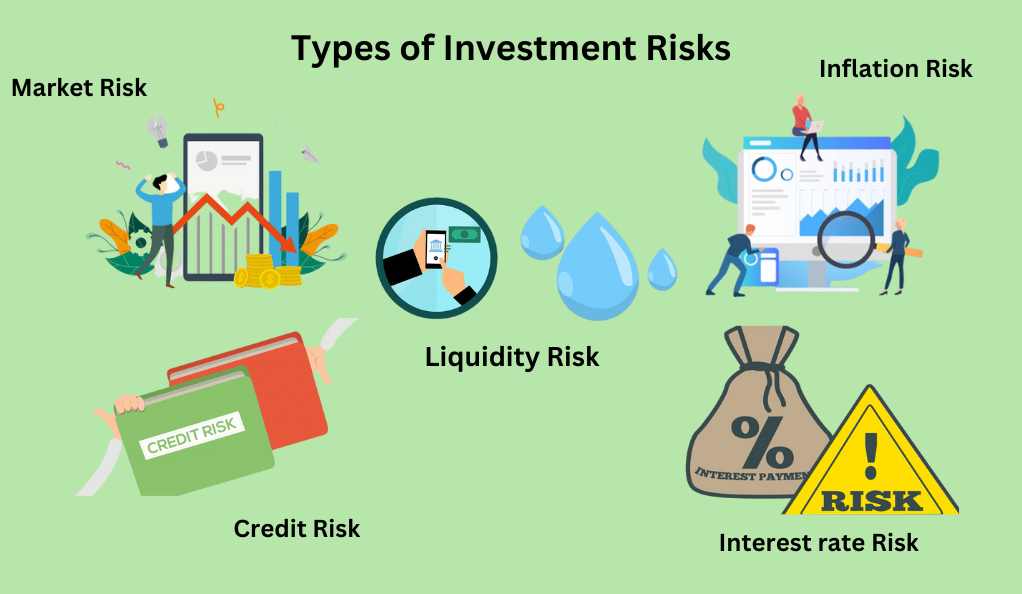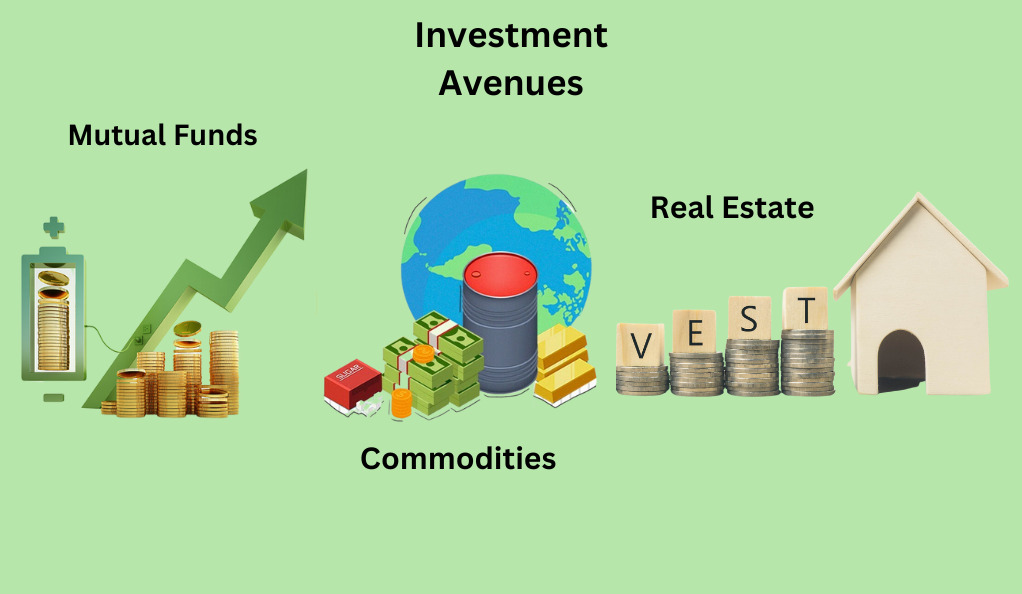In today’s rapidly evolving financial landscape, the ability to make informed and strategic investment choices is more crucial than ever. As the global economy becomes increasingly interconnected, the opportunities for investment have expanded, but so have the risks. This section will provide a comprehensive introduction to the importance of making smart investment choices and the pivotal role of research and analysis in guiding those decisions.
The Essence of Smart Investing
Smart investing isn’t just about throwing money into the stock market and hoping for the best. It’s a systematic approach that requires understanding, planning, and continuous learning. At its core, smart investing is about:
- Maximizing Returns: Seeking the best possible return on your investment, given your risk tolerance.
- Minimizing Risks: Understanding potential pitfalls and taking steps to mitigate them.
- Long-term Vision: Looking beyond short-term market fluctuations and focusing on long-term growth.
1.2 The Dichotomy of Saving vs. Investing
| Saving | Investing |
|---|---|
| Preserving capital | Growing capital |
| Low risk | Higher risk with potential for higher returns |
| Accessible funds (e.g., in a bank account) | Tied up funds (e.g., in stocks or real estate) |
| Often affected by inflation | Potential to outpace inflation |
While both saving and investing are essential components of a sound financial strategy, they serve different purposes. Saving is about preserving capital for short-term needs, while investing aims to grow capital over the long term. The table above provides a quick comparison.
The Silent Enemy
Inflation is the rate at which the general level of prices for goods and services rises, causing purchasing power to fall. Consider this: if the inflation rate is 2% annually, and you have $100 saved, a year later, you’d need $102 to buy the same goods you could have bought for $100 the previous year. Over time, the effects of inflation can significantly erode the value of savings. This is where investing comes into play, offering the potential to earn returns that outpace inflation.
The Magic of Compounding
Albert Einstein once said, “Compound interest is the eighth wonder of the world. He who understands it earns it; he who doesn’t pay it.” Compounding refers to the process where the value of an investment increases because the earnings on an investment, both from capital and previous earnings, are reinvested. Over time, compounding can result in exponential growth of your investments.
Example: If you invest $1,000 at an annual interest rate of 5%, after one year, you’ll earn $50 interest, making your total $1,050. If you leave your money and the interest earned invested, the next year you’ll earn interest not just on your initial $1,000, but also on the $50 interest from the first year, and so on.
Basics of Investment
The world of investment is vast and varied, offering a plethora of opportunities for those willing to navigate its intricacies. To make smart investment choices, one must first grasp the fundamental concepts and mechanisms that underpin this domain. This section will elucidate these basics, providing a solid foundation upon which to build a robust investment strategy.
The Investment Spectrum
Investments can range from extremely safe to highly speculative. Understanding where each type of investment falls on this spectrum is crucial for making informed decisions.
| Type of Investment | Risk Level | Potential Return | Liquidity |
|---|---|---|---|
| Savings Accounts | Low | Low | High |
| Government Bonds | Low | Moderate | Moderate |
| Corporate Bonds | Moderate | Moderate-High | Moderate |
| Stocks | High | High | High |
| Real Estate | Moderate-High | High | Low |
| Cryptocurrencies | Very High | Very High | Moderate |
Stocks vs. Bonds
- Stocks (Equities): When you buy a stock, you’re purchasing a piece of ownership in a company. The value of stocks can be volatile, fluctuating based on the company’s performance, market sentiment, and broader economic factors. Stocks offer the potential for high returns, but they also come with higher risks.
- Bonds: Bonds are essentially loans that investors give to entities (like corporations or governments). In return, the bond issuer agrees to pay the investor periodic interest payments and return the principal amount at the bond’s maturity. Bonds are generally considered less risky than stocks, but they also typically offer lower returns.

Diversification
Diversification is a risk management strategy that involves spreading investments across various assets or asset classes to reduce exposure to any single asset or risk. The rationale behind diversification is that a variety of investments will, on average, yield higher returns and pose a lower risk than any individual investment within the portfolio.
Example: If you invest solely in the tech sector and that sector crashes, your entire portfolio will suffer. However, if you have investments spread across tech, healthcare, finance, and consumer goods, a downturn in one sector may be offset by gains in another.
The Role of Time in Investing
Time plays a pivotal role in the investment world. The longer you can leave your money invested, the more opportunity it has to grow, thanks to the magic of compounding. Additionally, a longer investment horizon allows you to ride out the inevitable ups and downs of the market, potentially leading to greater returns.
Risk Management in Investments
Every investment carries some level of risk. However, understanding and managing these risks is the key to ensuring that your investment journey is both profitable and aligned with your financial goals. This section will delve into the intricacies of risk management, offering insights and strategies to safeguard your investments.
Types of Investment Risks

- Market Risk: The risk of investments declining in value because of economic developments or other events that affect the entire market.
- Credit Risk: The risk that a company or individual will be unable to pay the principal and interest on its bonds or debt.
- Liquidity Risk: The risk of being unable to sell your investment at a fair price and get your money out when you wish to.
- Inflation Risk: The risk that the value of assets or income will decrease as inflation shrinks the purchasing power of a currency.
- Interest Rate Risk: The risk that an investment’s value will change due to a change in the absolute level of interest rates.
Risk Tolerance: Personalizing Your Investment Strategy
Every individual has a unique risk tolerance, which is the degree of variability in investment returns that they’re willing to withstand. Understanding your risk tolerance is crucial as it can influence which investments you choose.
Factors Influencing Risk Tolerance:
- Age
- Financial situation
- Investment goals
- Previous investment experience
Strategies for Managing Risk
- Diversification: As previously discussed, spreading your investments across various assets or asset classes can reduce exposure to any single asset or risk.
- Asset Allocation: This involves deciding how much of your portfolio to put into various asset classes. A balanced portfolio might include a mix of stocks, bonds, and cash.
- Regular Portfolio Review: The market is dynamic, and the value of assets can change. Regularly reviewing and rebalancing your portfolio ensures it aligns with your investment goals.
- Hedging: This is an advanced strategy that involves making an investment to offset potential losses in another investment.
- Setting Stop-Loss Orders: This strategy allows you to set a specific price at which you would sell a stock to limit potential losses.
The Role of Research in Risk Management
Thorough research can help you understand the risks associated with specific investments. By staying informed about market trends, economic indicators, and company performance, you can make more informed decisions and better manage the risks you take.
Exploring Different Investment Avenues
The investment landscape is vast, offering a myriad of opportunities for those looking to grow their wealth. Each investment avenue comes with its own set of characteristics, benefits, and risks. Here’s an overview of some popular investment avenues:

Stocks
Stocks represent ownership in a company. When you invest in stocks, you’re essentially buying a piece of that company and becoming a shareholder. This form of investment offers the potential for high returns, dividends, and even voting rights in company decisions. However, stock prices can be volatile, influenced by the company’s performance, market sentiment, and global economic factors.
Bonds
Bonds are debt securities. Investing in bonds means you’re lending money to the issuer, which could be a corporation or government. In return, you receive periodic interest payments and the bond’s face value when it matures. Bonds offer regular interest income and are generally considered lower risk compared to stocks. However, they are subject to interest rate fluctuations and the credit risk of the issuer defaulting.
Real Estate
Real Estate is a tangible asset investment. Whether it’s residential, commercial, or land, real estate can be a direct investment, like buying property, or indirect, such as through real estate investment trusts (REITs). This avenue offers the potential for rental income, appreciation in property value, and certain tax benefits. However, it also comes with challenges like illiquidity, high initial costs, and market fluctuations.
Mutual Funds
Mutual Funds pool money from multiple investors to invest in a diversified portfolio of stocks, bonds, or other securities. They offer the benefit of diversification, professional management, and flexibility in investment amounts. However, they come with management fees and the potential for underperformance.
Commodities
Commodities include physical goods like gold, oil, and agricultural products. Investors can either invest directly in these goods or through futures contracts. Commodities can provide diversification, act as a hedge against inflation, and offer the potential for high returns. However, they are subject to price volatility, geopolitical factors, and, in the case of physical commodities, storage costs.
Cryptocurrencies
Cryptocurrencies represent the digital frontier of investing. These are digital or virtual currencies that use cryptography for security. Examples include Bitcoin, Ethereum, and Ripple. They offer the potential for high returns and are praised for their decentralized nature and transparency through blockchain technology. However, they are also known for their extreme volatility, regulatory concerns, and security issues, such as hacking.
Making Informed Investment Choices
In the vast world of investing, the sheer number of options can be overwhelming. However, the key to successful investing lies not just in the choices made but in the informed nature of those choices. This section will delve deep into the importance of research and analysis, guiding you on how to make decisions that align with your financial goals and risk tolerance.
The Power of Research
Research is the backbone of any successful investment strategy. It provides the necessary information to understand market trends, evaluate potential risks, and identify promising opportunities. Here’s how to approach it:
- Fundamental Analysis: This involves evaluating a company’s financial statements, understanding its business model, and assessing external factors like industry trends and economic indicators. For instance, if you’re considering investing in a tech company, you’d want to look at its revenue growth, profit margins, and competition.
- Technical Analysis: This focuses on studying price patterns and other market indicators to predict future price movements. It’s especially popular in stock and forex trading. For example, if a stock price has consistently found support at a certain level, it might indicate a good buying opportunity.
- Qualitative Analysis: Beyond numbers, it’s essential to understand the qualitative factors that might affect an investment. This includes company leadership, brand strength, and even societal trends. For instance, a company with a strong commitment to sustainability might be better positioned for future growth in an eco-conscious market.
Utilizing Modern Tools and Platforms
In today’s digital age, investors have access to a plethora of tools and platforms that can aid in research and analysis:
| Tool/Platform | Purpose | Example |
|---|---|---|
| Stock Screeners | Filter stocks based on specific criteria | Finviz, Yahoo Finance |
| Financial News Websites | Stay updated with market news | Bloomberg, Reuters |
| Investment Apps | Track and manage investments | Robinhood, E*TRADE |
| Research Reports | Deep dives into specific industries or companies | Morningstar, S&P Global |
The Role of Expert Opinions
While independent research is crucial, there’s also value in seeking expert opinions. Financial advisors, analysts, and industry experts can provide insights that might not be immediately apparent. However, always ensure that any advice or opinion is unbiased and not driven by hidden agendas.
Continuous Learning and Adaptability
The investment landscape is ever-evolving. New technologies, changing regulations, and global events can all impact the market. As such, continuous learning is essential. Attend webinars, read books, join investment forums, and always be open to adapting your strategy based on new information.
Conclusion
Navigating the intricate world of investments requires more than just capital; it demands knowledge, foresight, and a commitment to continuous learning. From understanding the foundational principles of saving and investing to harnessing the power of research and modern tools, making smart investment choices is a journey of both strategy and adaptability. As we’ve explored in this article, the key to successful investing lies in being informed, staying updated, and always prioritizing one’s financial goals and risk tolerance. In the ever-evolving financial landscape, it’s not just about seizing opportunities but doing so with clarity, confidence, and a well-researched game plan. Whether you’re a seasoned investor or just starting out, remember that every investment choice you make today shapes the financial future you envision for tomorrow.
At bitvestment.software, our commitment is to deliver unbiased and reliable information on subjects like cryptocurrency, finance, trading, and stocks. It's crucial to understand that we are not equipped to offer financial advice, and we actively encourage users to conduct their own comprehensive research.
Read More